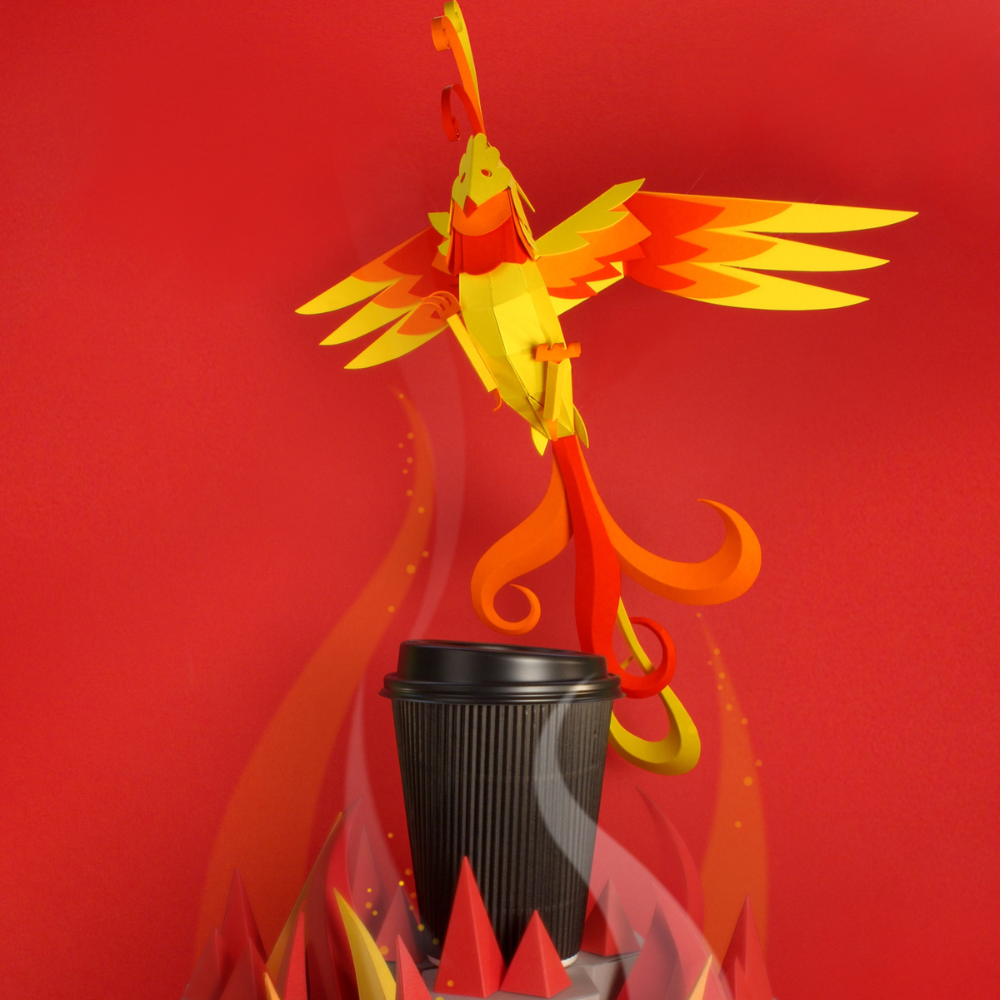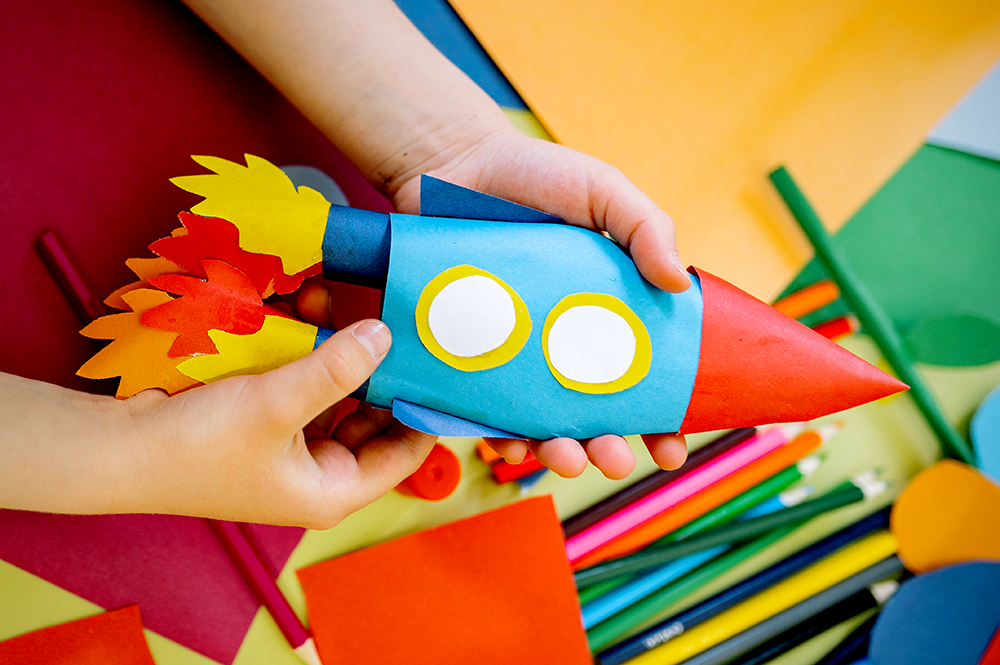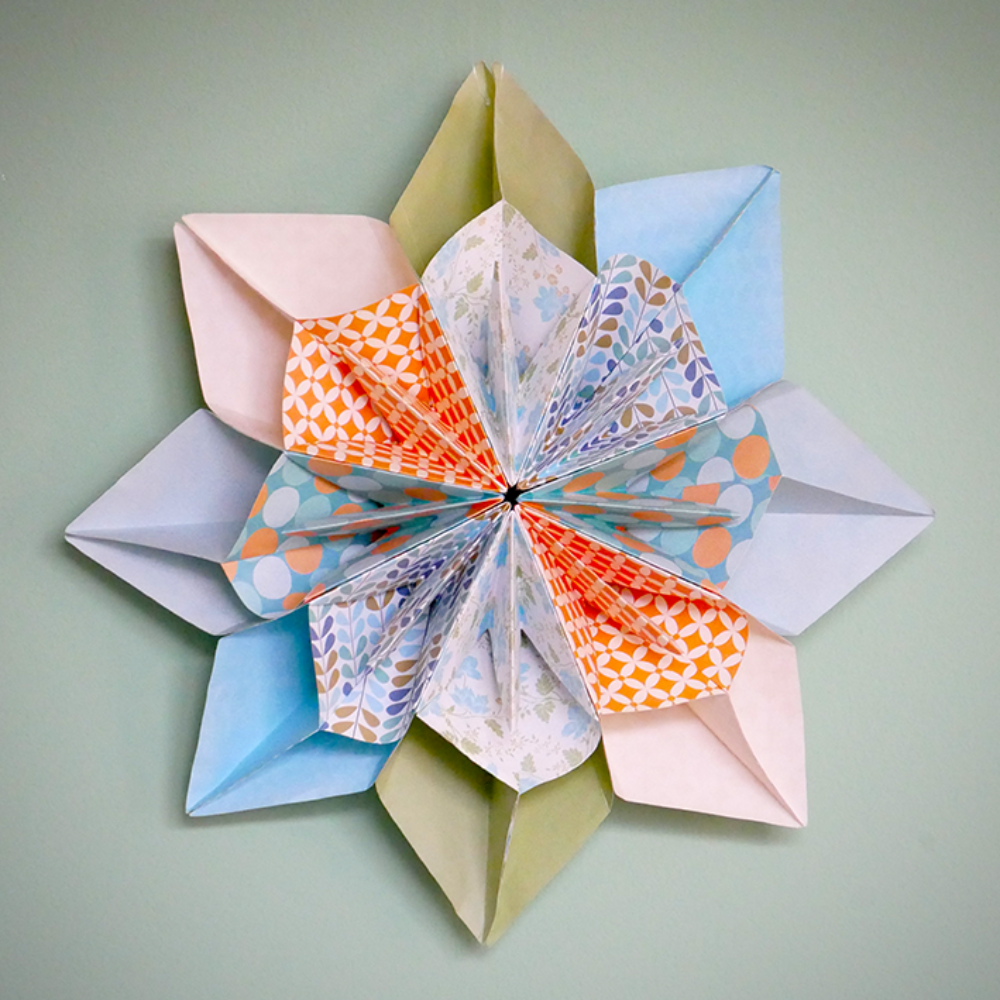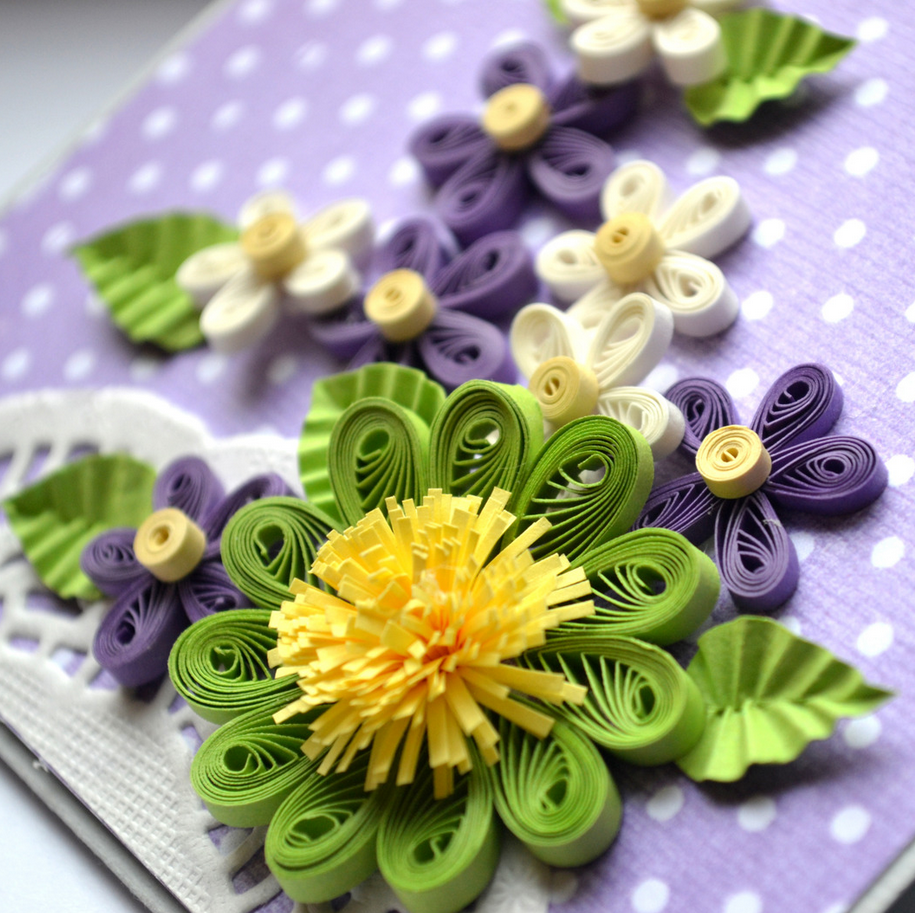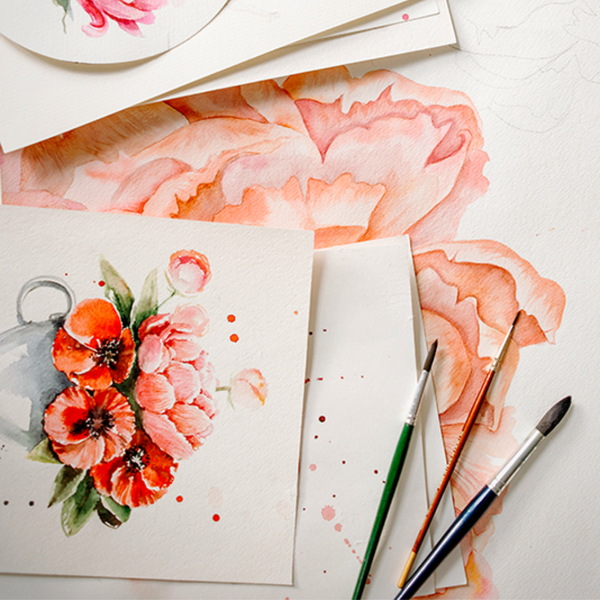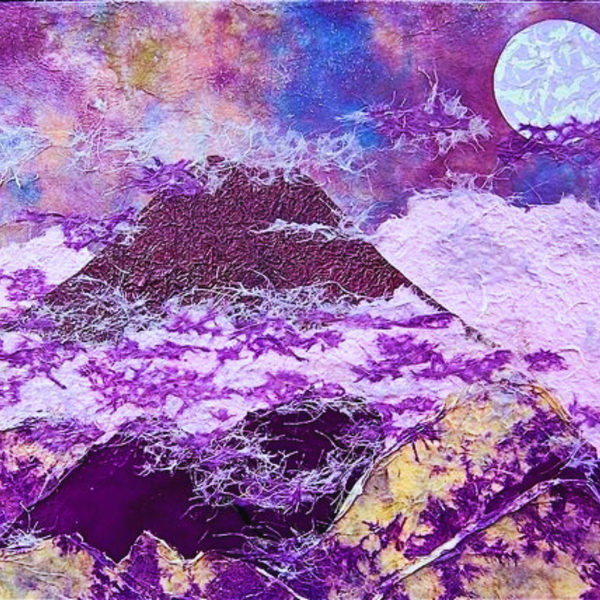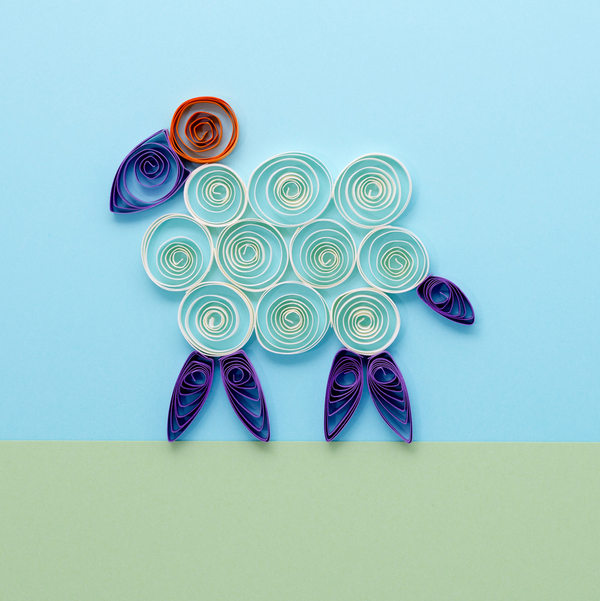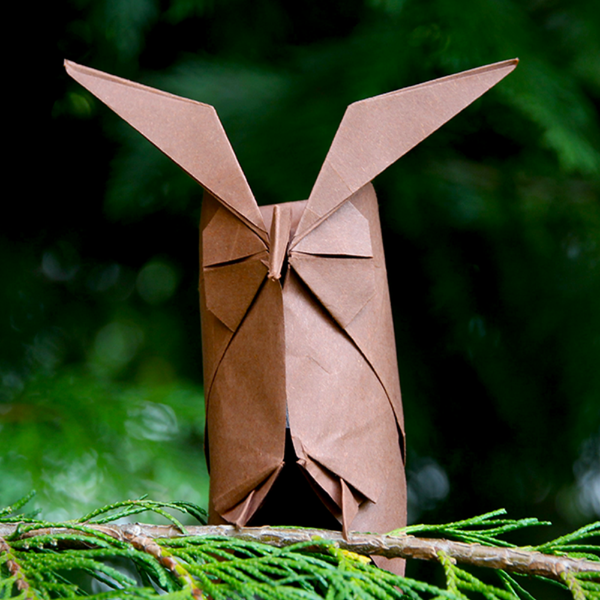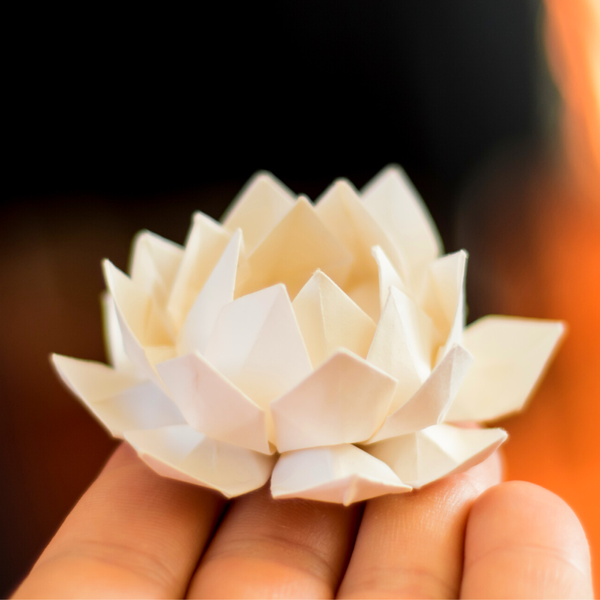Step into the enchanting universe of paper collage art, where every snip, tear, and paste transforms ordinary paper into extraordinary masterpieces.
This is your portal to understanding the intricate dance of colors, textures, and forms that make up the collage art scene.
From the revolutionary strokes to the contemporary artist's table, we'll unravel the secrets behind the enduring allure of collage art.
Prepare to be inspired by the endless possibilities as we delve into the history, techniques, and profound impact of this versatile medium.
Whether you're a curious novice or a seasoned aficionado, this journey through the layers of paper collage art promises to enrich your appreciation for this innovative form of self-expression.
Key Takeaways:
- Understand the essence of paper collage art and its significance in the modern art world.
- Discover the evolution of collage techniques and the impact of famous artists like Pablo Picasso and Henri Matisse.
- Learn about the diverse materials and methods used in creating unique paper collage artworks.

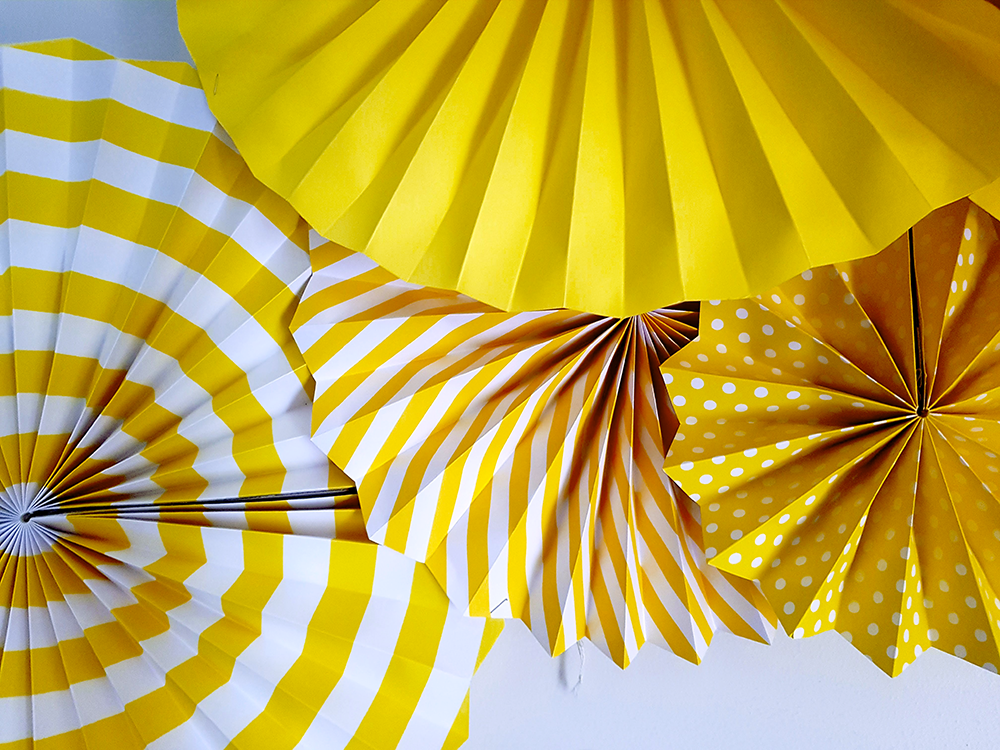
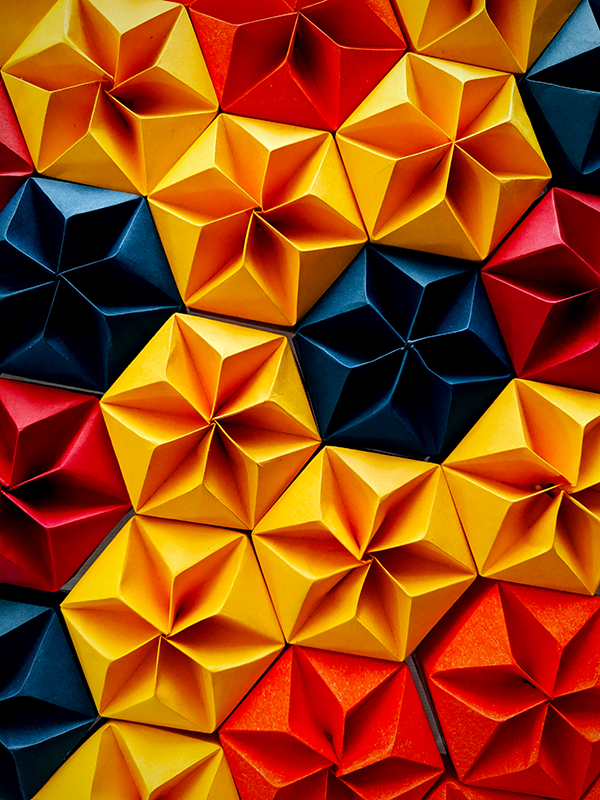
What is Paper Collage?
Paper collage art is a dynamic and multifaceted form of visual arts that has captivated the art world for over a century.
It is a technique that involves assembling different pieces of paper, often alongside other materials, to create a new image or artwork.
This art form allows for immense creativity and self-expression, as it breaks free from the traditional confines of painting and drawing.
The term collage derives from the French word "coller," which means to glue.
This is fitting, as the essence of collage creation is the act of adhering various elements onto a flat surface.
Collage can include a wide range of materials, from newspaper clippings and magazine images to fabric, gold leaf, and found objects.
The result is a layered composition that can convey complex ideas, evoke emotions, and offer social commentary.
Origins of Collage in Fine Art
The early twentieth century marked a pivotal moment for different art forms, including the advent of collage.
Artists began to explore beyond the traditional mediums of canvas and paint, incorporating everyday objects and different materials into their work.
This experimentation led to the birth of collage as a recognized fine art technique.
Pablo Picasso and Georges Braque were among the first to introduce collage to the fine art world.
Picasso's "Still Life with Chair Caning" (1912) is often cited as one of the earliest examples of collage, where he used pasted paper and a piece of oilcloth with a chair-cane pattern.
This groundbreaking piece challenged the notion of what could be considered artwork and opened the door for other artists to experiment with collage.
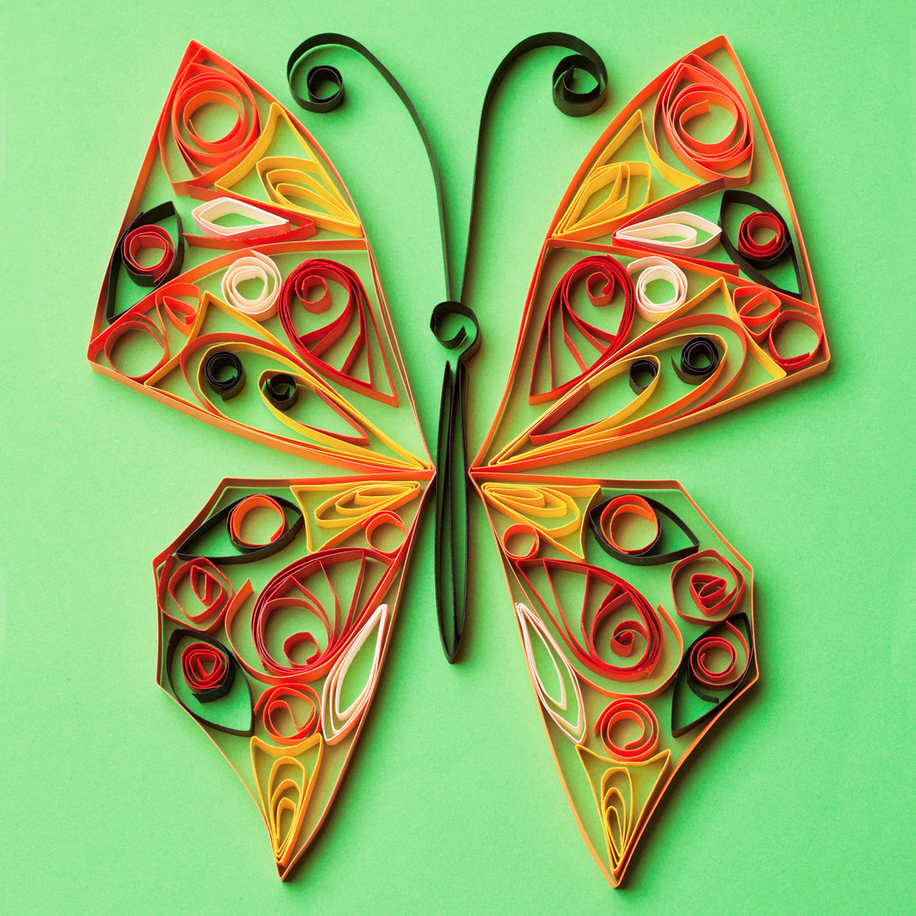
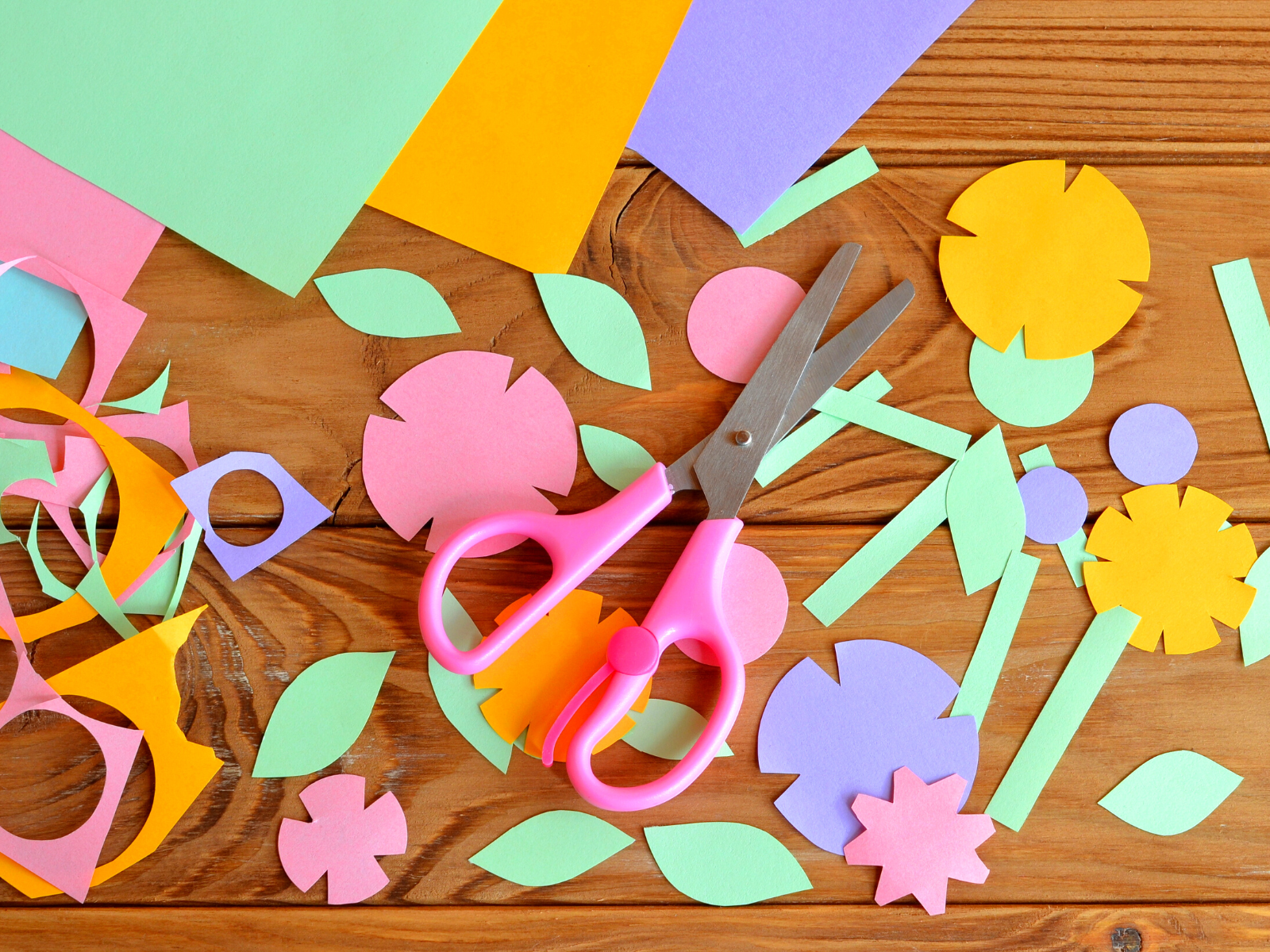

Evolution of Collage Through the 20th Century
As the twentieth century progressed, so did the evolution of collage techniques.
Artists like Henri Matisse started experimenting with papier collé, a specific type of collage created with paper.
Matisse's works, characterized by their bright colors and organic shapes, showcased the potential of paper collages as a form of fine art.
Other artists, such as Kurt Schwitters and Hannah Höch, pushed the boundaries of collage even further.
They incorporated diverse materials such as wood collages, fabric, and metal into their compositions.
Their work often contained elements of social commentary, reflecting the tumultuous times in which they lived.
Paper Collage Art in Contemporary Times
In the modern art landscape, paper collage continues to be a popular and versatile medium.
Contemporary artists use collage to explore themes of identity, culture, and politics.
The accessibility of materials and the simplicity of the collage technique make it an appealing medium for both emerging and established artists.
Modern paper collages can range from minimalist compositions to complex, mixed media collages that incorporate digital elements.
The art form's adaptability ensures that it remains relevant and continues to evolve with the times.
Famous Artists and Their Collage Works
Pablo Picasso and Henri Matisse are not the only famous artists to have embraced collage.
Robert Rauschenberg, for example, became known for his "Combines," which blended painting and collage into a single work of art.
His use of everyday objects and non-traditional materials challenged the distinction between art and life.
Other artists, such as Romare Bearden, used collage as a means of exploring cultural narratives and African American life.
Bearden's collage works are celebrated for their rich storytelling and vibrant use of color and pattern.
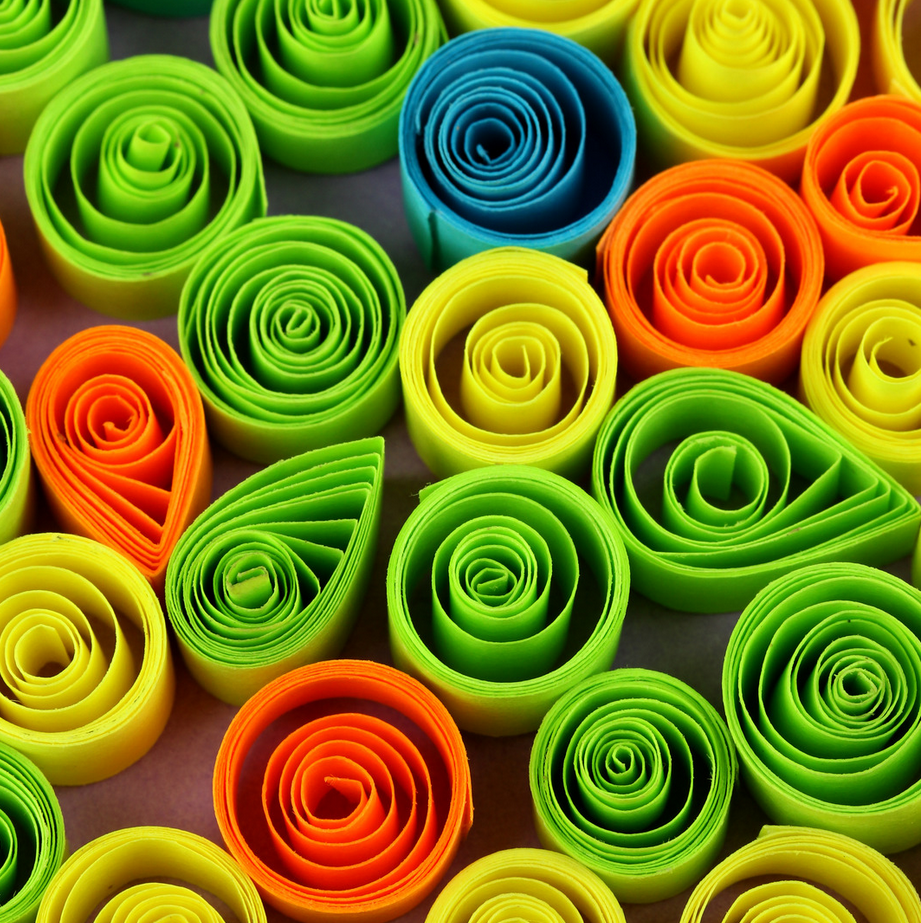
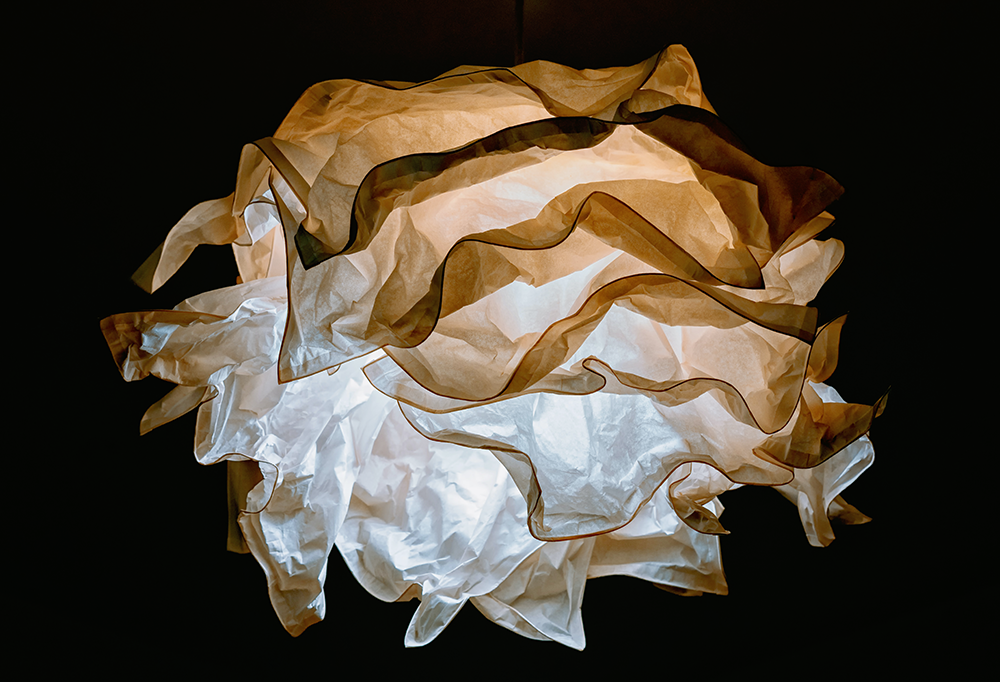
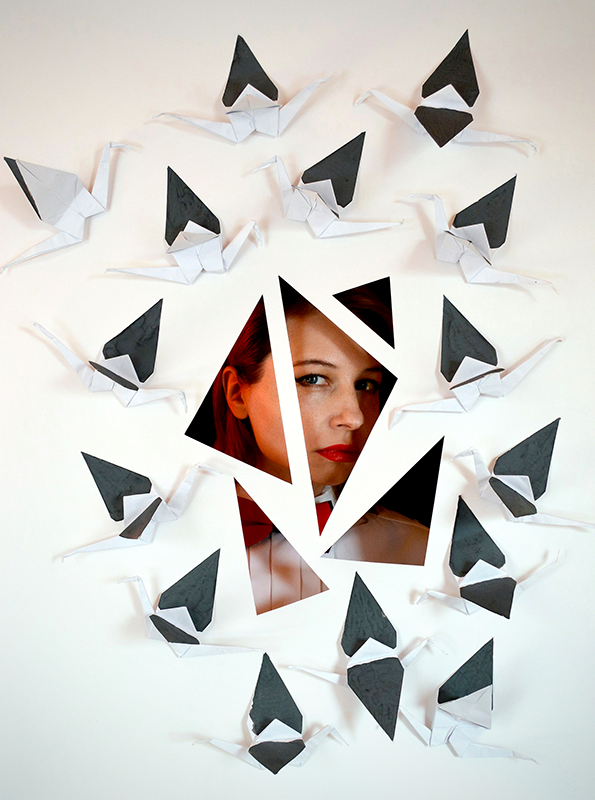
Different Collage Techniques and Materials
Collage creation is not limited to just paper and glue.
Artists have employed different collage techniques, using materials like fabric, wood, metal, and even digital images.
Torn paper collage, for example, offers a textured, organic feel, while the use of gold leaf can add a touch of luxury and opulence to a piece.
The choice of materials can significantly affect the message and aesthetic of the collage.
Artists technique in selecting and combining these materials is a critical aspect of the collage creation process.
Process of Creating a Paper Collage
Creating a paper collage begins with an idea or concept.
Artists may draw inspiration from a variety of sources, including magazines, photographs, and other media.
The process involves selecting images and other materials that align with the artist's vision and then arranging them into a cohesive composition.
The act of cutting, tearing, and layering different pieces allows for a high degree of experimentation.
Artists can manipulate the materials to create depth, contrast, and narrative within their collage works.
Intersection of Collage Work and Digital Media
The advent of digital media has revolutionized traditional collage work, seamlessly blending old techniques with new possibilities.
Digital tools have expanded the horizons for artists, allowing them to incorporate a variety of multimedia elements into their collage work.
With software like Adobe Photoshop and Illustrator, artists can manipulate images with unprecedented precision, layering textures and colors to create complex compositions that were once impossible.
This digital evolution has not only broadened the scope of what can be achieved but has also made collage art more accessible to a wider audience, enabling artists to share their work globally with the click of a button.
In this digital age, the brief history of collage is being rewritten as artists explore the intersection of technology and traditional methods.
The digital collage work often includes animation, interactive elements, and even virtual reality, pushing the boundaries of how art is experienced.
This fusion of technology and collage has also opened up new avenues for self-expression, allowing artists to delve into the digital realm to comment on contemporary issues.
The result is a dynamic and ever-evolving art form that continues to challenge and inspire both creators and viewers alike.
Collage Art as a Reflective Practice for Self-Expression
Collage art serves as a powerful medium for self-expression, offering artists a reflective practice to explore their inner thoughts and feelings.
The process of selecting, cutting, and assembling various materials allows for a deeply personal journey into the self.
Each piece of paper, photograph, or fabric can represent a different facet of the artist's life or psyche, making collage work an intimate and revealing art form. Through the act of collage making, artists can convey complex emotions and narratives, often finding clarity and understanding within the layers of their creations.
The practice of collage for self-expression is not limited to professional artists; it is a tool accessible to anyone seeking a creative outlet for their thoughts and experiences.
The brief history of collage art is peppered with stories of individuals using this medium as a form of therapy or personal exploration.
By engaging in collage work, people from all walks of life can embark on a process of self-discovery, using the visual language of collage to articulate aspects of their identity that might be difficult to express in words.
This therapeutic aspect of collage making underscores its significance as a practice that transcends mere artistic endeavor, becoming a means of personal growth and expression.
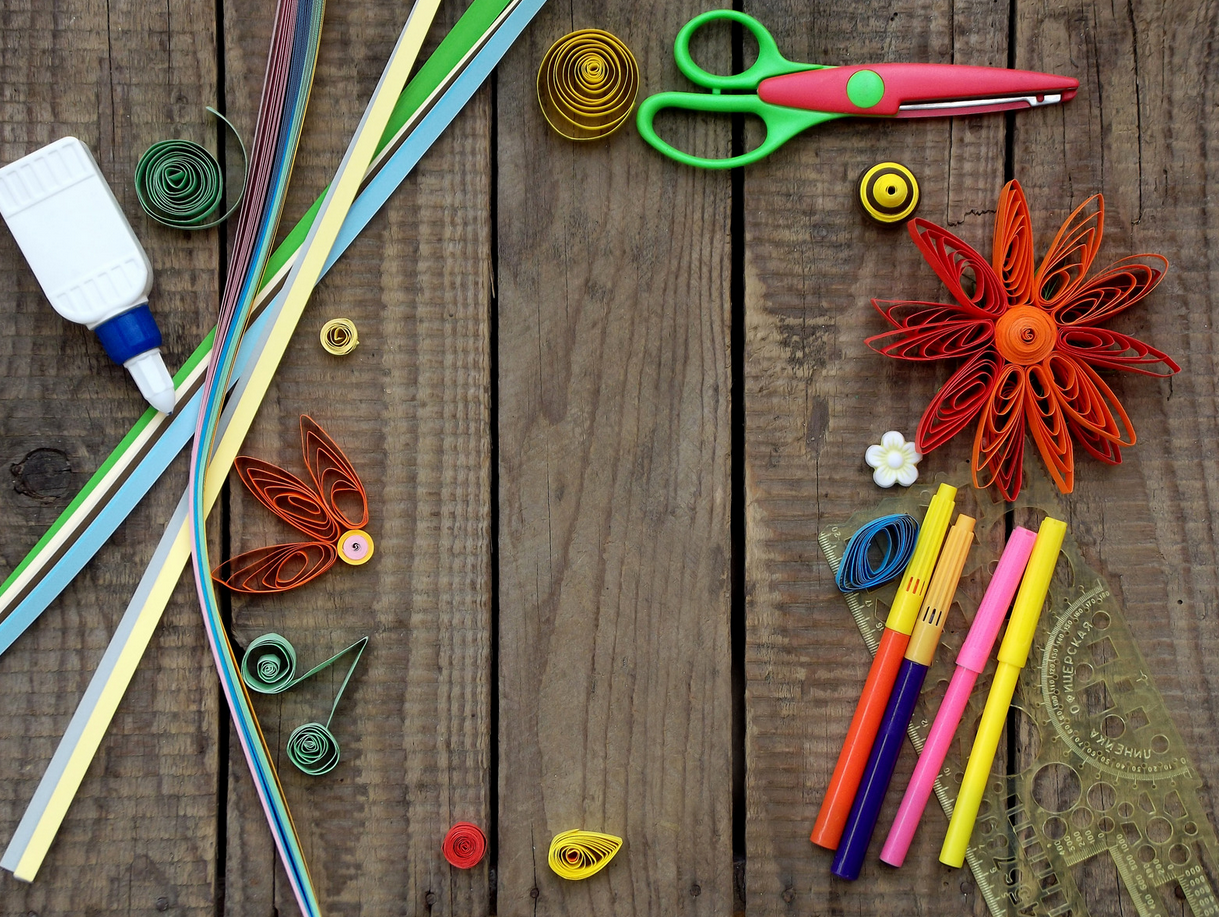

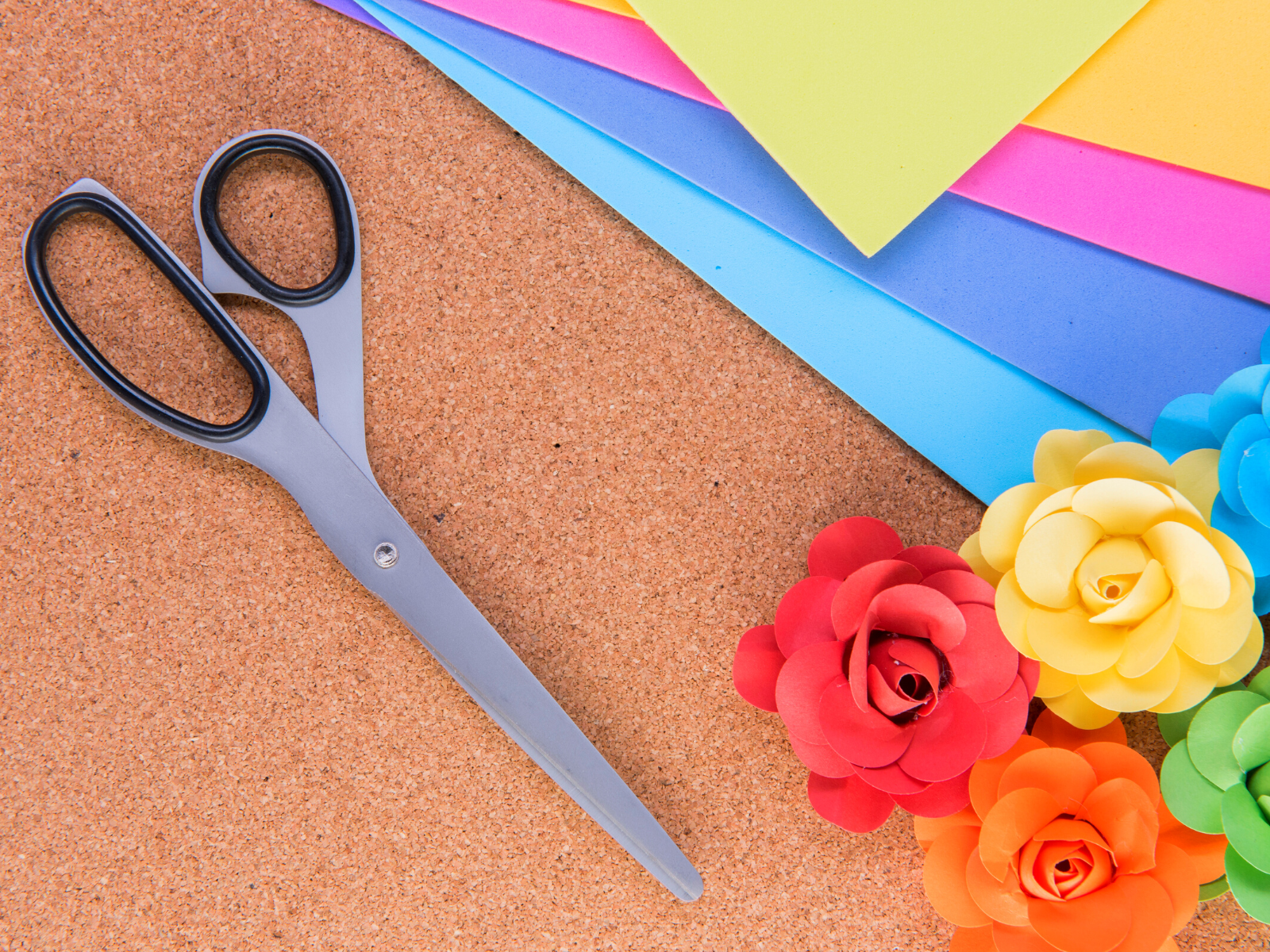
Role of Collage in Mixed Media Art
Collage is often a component of mixed media art, where artists combine various art forms into a single piece.
In mixed media collages, paper elements might be combined with painting, drawing, or three-dimensional objects.
This blending of different art forms can create a rich tapestry of textures and meanings.
Artists like Robert Rauschenberg are known for their mixed media collages, which often incorporate painting, silkscreen, and collage techniques.
These works blur the lines between different art forms and challenge viewers to see beyond traditional categories of art.
Tool for Self-Expression and Social Commentary
Paper collage art serves as a powerful tool for self-expression and social commentary.
Through the juxtaposition of different materials and images, artists can comment on societal issues, share personal narratives, and engage with viewers on a deeper level.
The use of newspaper clippings and other photographs in collage can provide a direct reference to current events or historical moments, allowing artists to address topics such as politics, culture, and identity.
Educational Value of Paper Collage Art
Paper collage art is not only significant in the professional art world but also serves as an important educational tool.
It is often used in art education to teach students about composition, color theory, and the creative process.
The hands-on nature of collage making also encourages exploration and experimentation, which are crucial components of artistic development.
Educators can use collage to help students understand the principles of design and to foster an appreciation for different art forms and artists technique.
Influence of Technology on Collage Art
With the advent of digital technology, the realm of collage art has expanded even further.
Digital collage allows artists to manipulate images with software, creating new possibilities for collage works.
This technological influence has led to a new wave of collage artists who combine traditional collage techniques with digital tools.
The ease of accessing and editing digital images has made collage creation more accessible than ever, enabling artists to push the boundaries of what is possible within the medium.
Therapeutic Benefits of Collage Making
Collage making is not only an artistic endeavor but also a therapeutic one.
The process of selecting, cutting, and arranging materials can be meditative and relaxing.
Many people find that creating collages helps them to process emotions, reduce stress, and express themselves in ways that words cannot.
Art therapy often incorporates collage techniques to assist individuals in exploring their thoughts and feelings.
The tactile nature of working with paper and other materials can be particularly soothing and beneficial for mental health.
How to Start Your Own Paper Collage
For those interested in exploring paper collage art, getting started is relatively simple.
Begin by gathering materials such as magazines, newspapers, glue, scissors, and a flat surface to work on.
Look for images and textures that resonate with you and consider the composition of your collage.
Experiment with layering different pieces and playing with color and form.
Remember, there are no strict rules in collage making—it's an opportunity to be creative and have fun with the process.

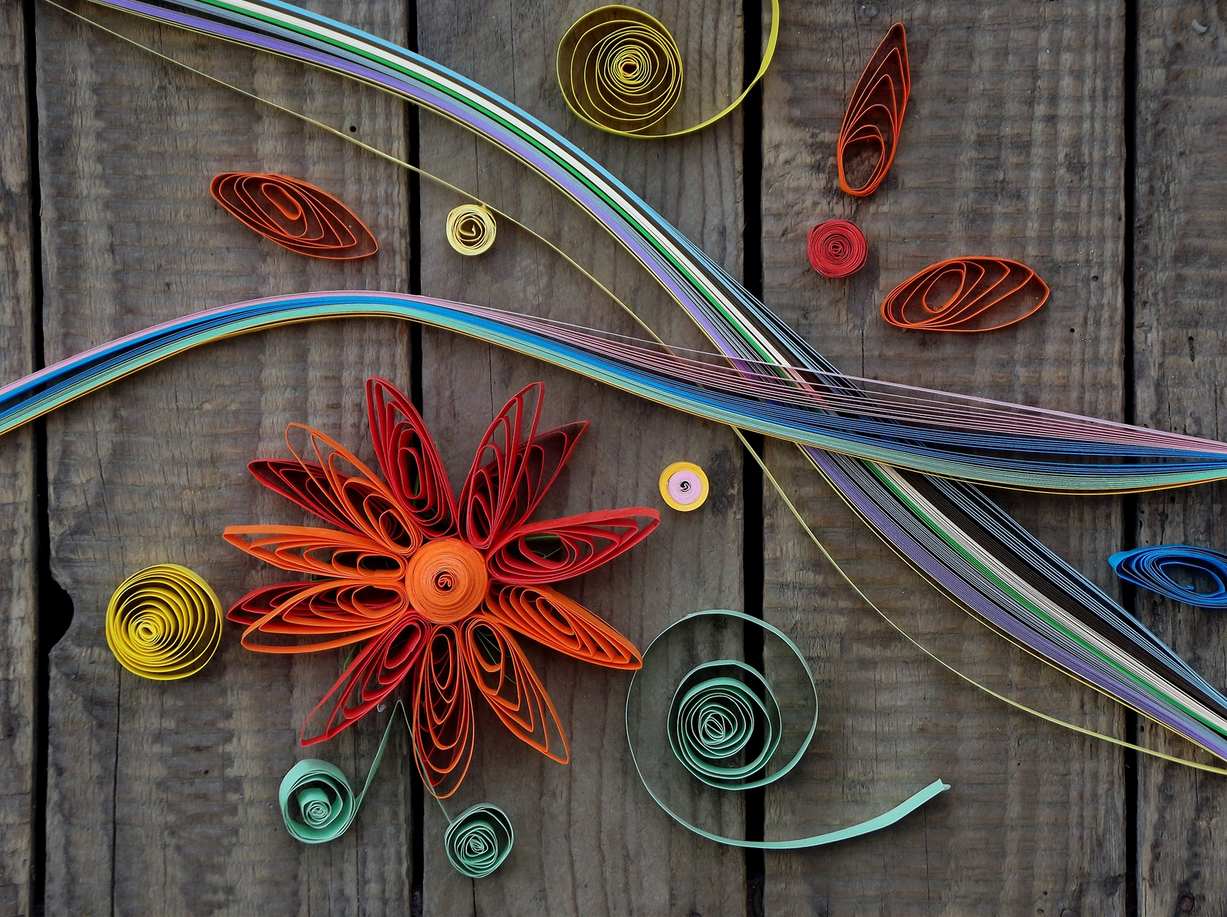
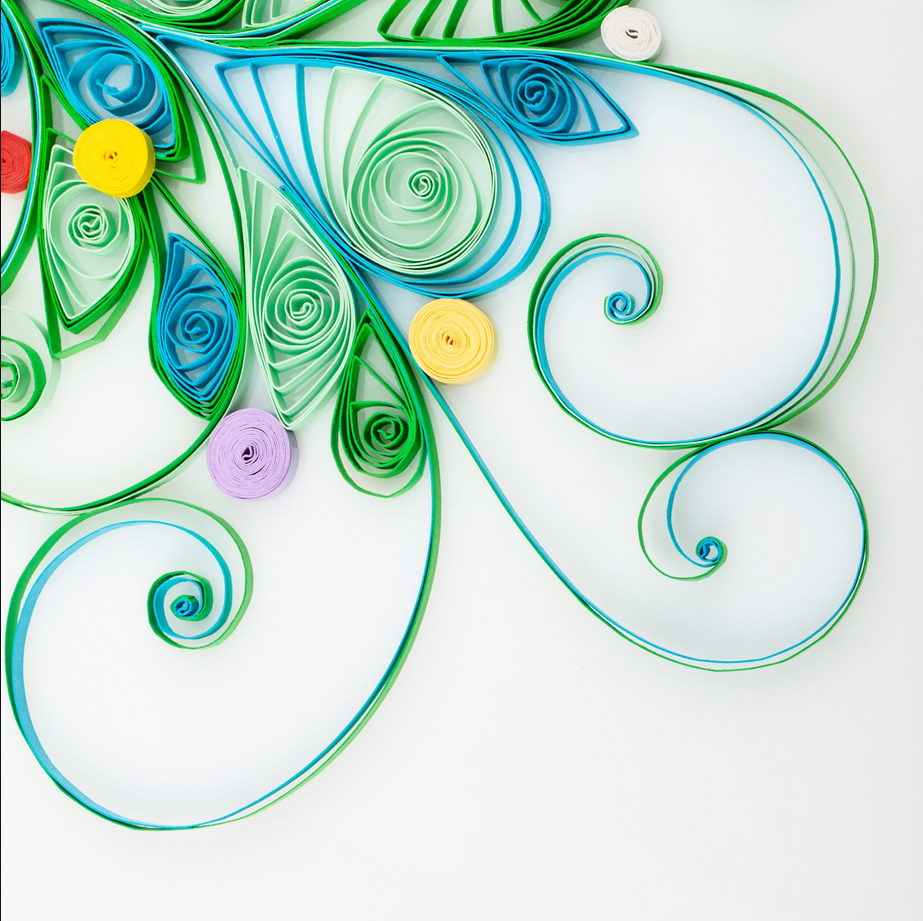
Endless Tapestry with Paper Collage
Paper collage art is a versatile and expressive medium that has played a significant role in the evolution of modern art.
It's clear that this medium is much more than a simple pastime—it's a profound form of expression that has woven its way through the fabric of art history.
Collage art stands as a testament to human creativity, offering a boundless playground for the imagination where every piece of paper holds the potential to tell a story, evoke an emotion, or challenge a perspective.
From its early beginnings in the twentieth century to its current status in the art world, collage has offered artists a platform for innovation, self-expression, and social commentary.
Whether you're an artist seeking to push the boundaries of your creativity or an admirer of the arts, the world of collage invites you to see beyond the canvas and appreciate the layered complexities of life itself.
So, grab your scissors, set your vision free, and let the snippets of paper guide you to your next masterpiece.

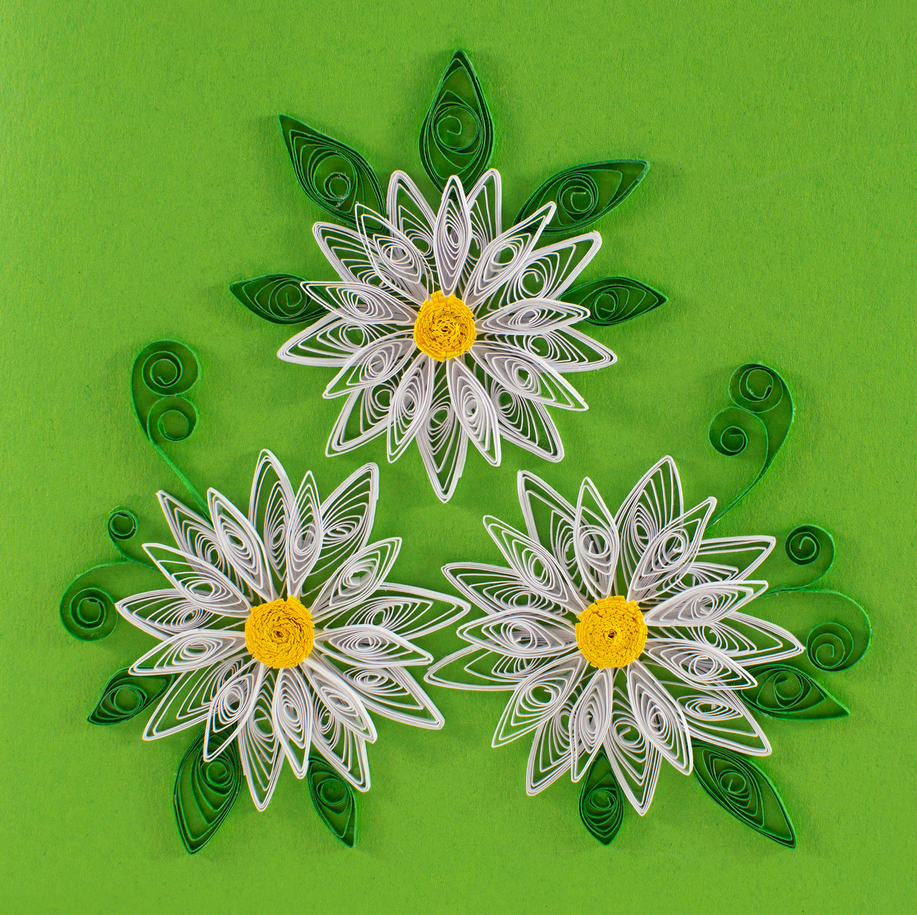
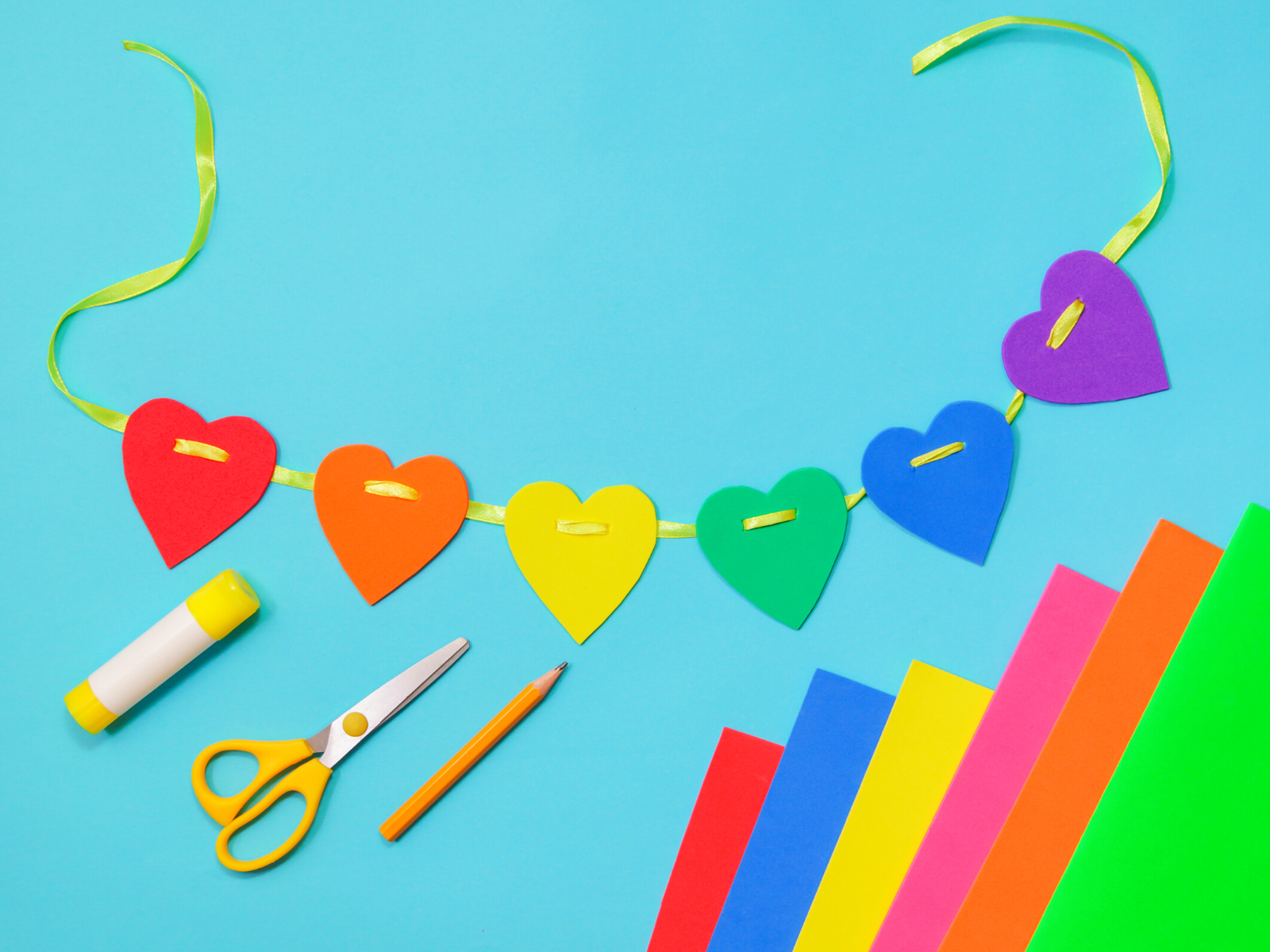
Paper Collage FAQs
Are you ready to embark on a journey through the whimsical and innovative realm of paper collage art?
This fascinating medium is more than just sticking pieces of paper together; it's a symphony of textures, colors, and storytelling that has captivated the hearts of art enthusiasts and critics alike.
Whether you're an aspiring artist, a seasoned creator, or simply an admirer of eclectic art forms, these FAQs will provide you with a treasure trove of insights into this vibrant art world.
Let's peel back the layers of this paper craft and discover the rich tapestry of history, technique, and artistic genius that paper collage art has to offer.
Would you like me to change anything? If not, do you have another topic you'd like me to write about?
What is paper collage art?
Paper collage art is a creative form of visual arts where different pieces of paper and other materials are assembled onto a flat surface to create a new image or artwork. It allows for a high degree of creativity and self-expression.
Who are some famous artists known for their collage works?
Famous artists known for their collage works include Pablo Picasso, Henri Matisse, Robert Rauschenberg, and Romare Bearden. Each brought their unique style and perspective to the medium.
Can collage be considered a form of fine art?
Yes, collage is considered a form of fine art. It has been recognized and celebrated in the art world for its ability to convey complex ideas and emotions, and for the innovative techniques employed by artists who practice this art form.


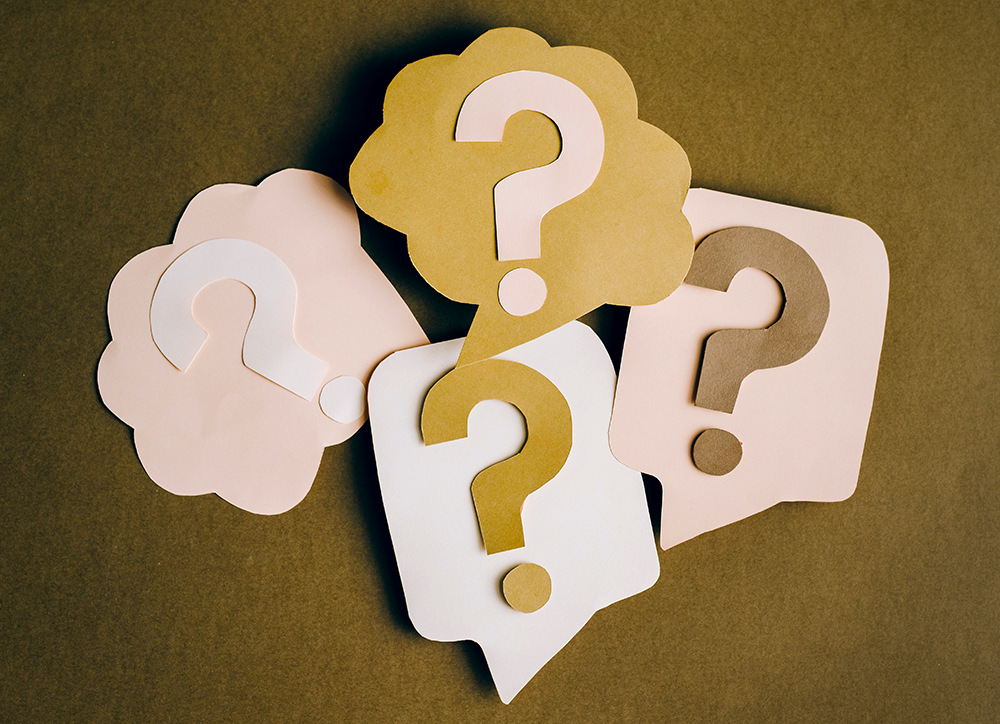
Curious and ready to learn more about paper collages? Check out Art with Em's video!
Want even more content about creativity and art?
Be sure to check out all of our creative chronicles!
Eager to dive into the realm of paper art?
Check out our other art paper articles:
-What art can be made from paper?
-What are paper craft techniques?
